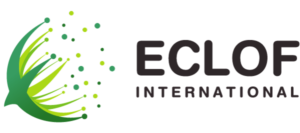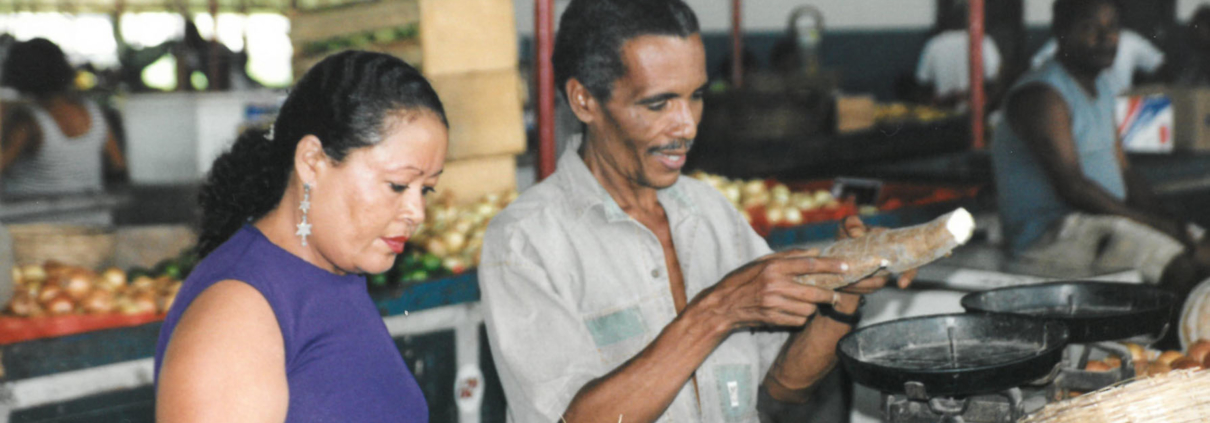By the beginning of the 1990s ECLOF was operating in 62 countries ; most of them in the developing world. Financing for ECLOF came from grants by American, Canadian and European churches and related organizations. ECLOF had a clear social focus and a social culture.
The period also saw a changing microfinance landscape. Microfinance became an industry, regulation was introduced, and new products were entering the marketplace. Increased commercial funding was flowing to microfinance. In some countries it was difficult to balance this new “double bottom line” of targeting both social impact and financial sustainability. ECLOF adapted by making changes to the organization, funding sources and governance of its local offices. There was a cultural shift away from grant dependency towards self-sustainability. Some country offices closed, leaving 40 by 1996.
A new ECLOF Model was required. A new smaller board was put in place, composed of people with extensive microfinance and development experience who devised a new strategic framework and approach built around four priorities :
- Build a strong and sustainable EI and network.
- Rebuild relationship between EI and the network.
- Rebuild relationships with partners.
- Preserve mission, spirit and values.





